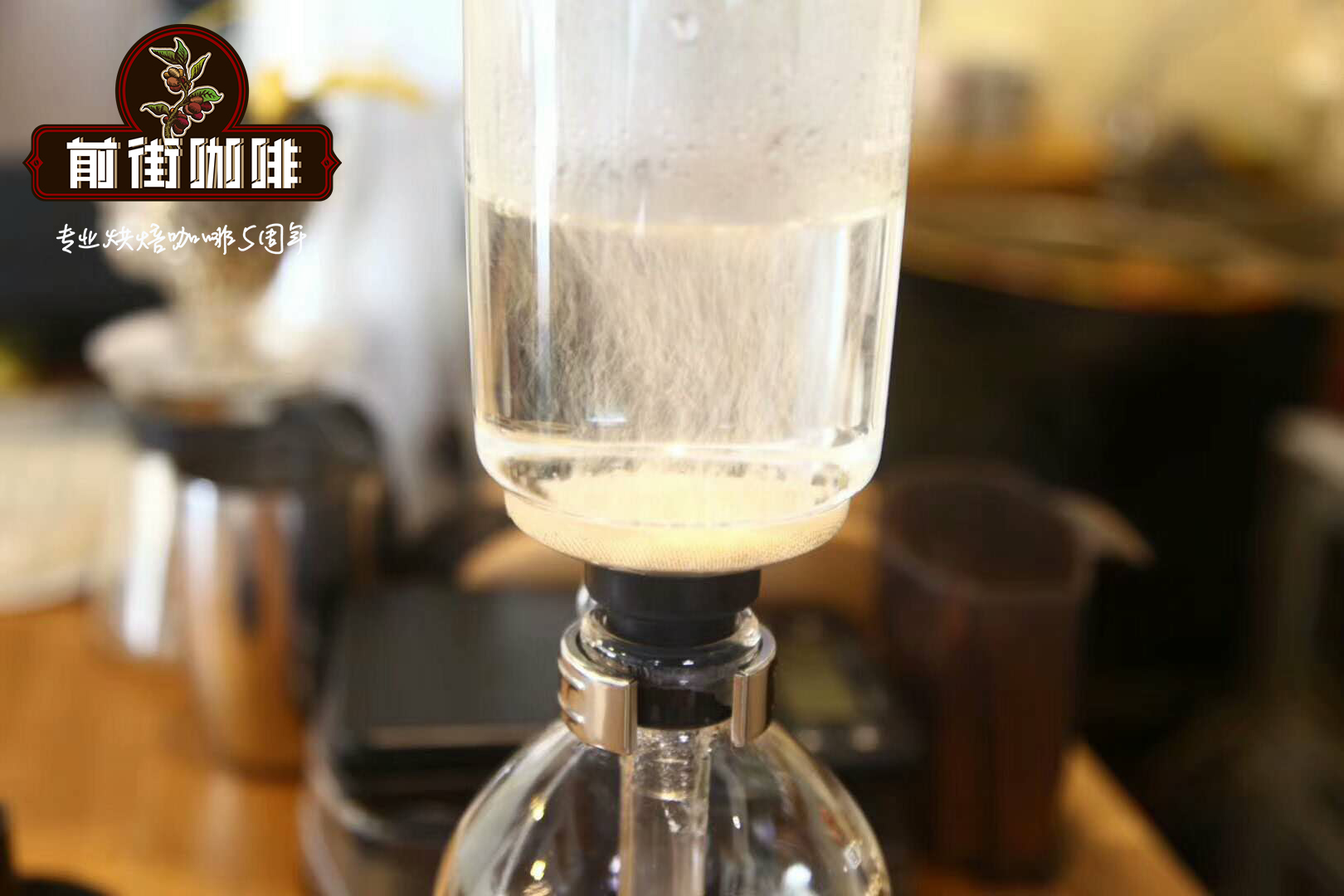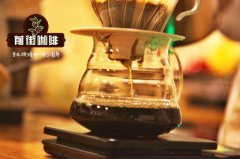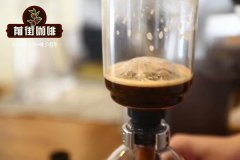The development history of siphon pot how to make siphon coffee what is siphon pot? Principle of siphon pot

Professional coffee knowledge exchange more coffee bean information please follow the coffee workshop (Wechat official account cafe_style)
Siphon coffee, there are many names, the whole flower name is Syphon (Siphon) coffee or Vacuum coffee in English, Chinese can be English homonym "Saifeng coffee" or English free translation "siphon coffee" or "vacuum coffee"
In fact, there is still a gap between the principle of siphon coffee and the real siphon. Siphon is a principle of hydrodynamics, which is defined as the flow of water pipes from high places to above the horizontal level, and then released to the position below the horizontal level.
What siphon coffee touches is actually closer to the vacuum principle, by heating the water in the lower pot to evaporate the water into steam, squeezing the hot water into the upper pot to come into contact with the coffee, and then lowering the temperature of the lower pot, so that the volume of water vapor is reduced, thus creating a vacuum in the lower pot, drawing the coffee liquid from the upper pot to the lower pot by the force of vacuum.
In the 19th century, many amateur scientists began to play with some physical and dynamic principles, such as vacuum principle, steam principle, fluid mechanics and so on. At the same time, the glass technology of carbon furnace was also developed, and these conditions added up to give birth to many interesting coffee maker.
The earliest siphon pot was used in Germany, but the earliest patent was registered in France, and it quickly became popular in Europe. Anyway, the siphon pot we see most often was developed and improved by a Ms. Vassieux in Lyon, France, in 1841. At that time, it was called French ballon (French balloon) because the shape of the upper and lower balls was so funny.
Unlike the percolator siphon coffee maker, which is made of transparent glass, it increases the fun and beauty of brewing coffee, and finally allows the coffee maker to get on the table and move out of the kitchen into the dining room. Since then, the decoration on the coffee pot has become more and more exquisite. In those days, glass was quite fragile, especially the pressure caused by the siphon principle. If it is empty, it may cause a big explosion in the coffee pot, so making coffee is a matter of great care and life.
Of course, it is impossible for people to let this situation last forever, racking their brains to invent a smart coffee pot so that the fire can go out automatically at the right time.
However, the double-ball coffee maker quickly dropped out of French fashion, and the Paris fashion world began to play Balancing Siphon, also known as Viennese Siphon or Gabet or Belgium coffee maker.
This can really be called the iPhone of the coffee pot at that time, an epoch-making invention, almost just adding coffee and water, lighting a fire, you can brush your teeth and wash your face, and when you turn on the tap, you can have a cup of mellow coffee to drink.
At about the same time, James Napier, a naval engineer in Scotland, also invented a coffee pot that looks a lot like Balancing Siphon, called Napierian brewer, which is not so smart, does not have an automatic flameout device, and uses a slightly different method. There is nothing earth-shaking about this pot. However, the British love their invention so much that they devote themselves to its decoration and make it beautiful.
With the change of times, the heat source of siphon pot has evolved, from alcohol lamp to gas lamp, as well as electric heating and now halogen lamp.
Important Notice :
前街咖啡 FrontStreet Coffee has moved to new addredd:
FrontStreet Coffee Address: 315,Donghua East Road,GuangZhou
Tel:020 38364473
- Prev

Do you think black coffee and black coffee are the same coffee? What are the advantages and disadvantages of black coffee?
Professional coffee knowledge exchange More coffee bean information Please pay attention to coffee workshop (Weixin Official Accounts cafe_style) When the first coffee bean is picked, roasted, ground and brewed into mellow and elegant hot coffee, this invention, known as the most romantic, begins to spread all over the world. According to the International Coffee Organization, 400 billion cups of coffee are consumed worldwide each year, and 14,000 cups are consumed every second.
- Next

Siphon coffee? The principle of the siphon pot how to use the siphon pot
Professional coffee knowledge exchange more coffee bean information Please pay attention to the coffee workshop (Wechat official account cafe_style) siphon coffee taste will be different in addition to the beans themselves, due to heating by the fire, but also with the brewing will produce high, medium and low temperature differences, thus creating rich flavor changes. The first thing you feel when drinking is sweetness, and the sour taste will not come out until the temperature drops slightly.
Related
- What is the Philharmonic pressure? How to use Philharmonic pressure to make delicious coffee
- Why does a hand grinder have more fine powder than an electric grinder?
- In addition to the hot mom, what is the difference between the versions of EK43 | ditting and Mahdi ek43?
- What kind of equipment do you need to make coffee by hand? Introduction to novice starter cooking equipment tools
- Espresso needs to be ground how thick and thin scale entry Italian Coffee Machine Bean Grinder investigation and Grinding course
- How much does it cost to open a small private cafe? How much does it cost to learn coffee? How to operate it?
- The difference between the flavor characteristics of hand-brewed coffee and coffee maker is hand-brewed coffee really better than coffee maker? Can I use a coffee machine to make coffee beans by hand?
- The difference between 01 and 02 of hario v60 filter cup what is the difference between 01 and 02 filter cup opening and cooking flavor
- What's the difference between the smart cup and the French kettle? Which is better, the French kettle or the Smart Cup?
- What's the difference between a smart cup and a V60 filter cup? The difference between the taste of smart cup and hand-brewed coffee

